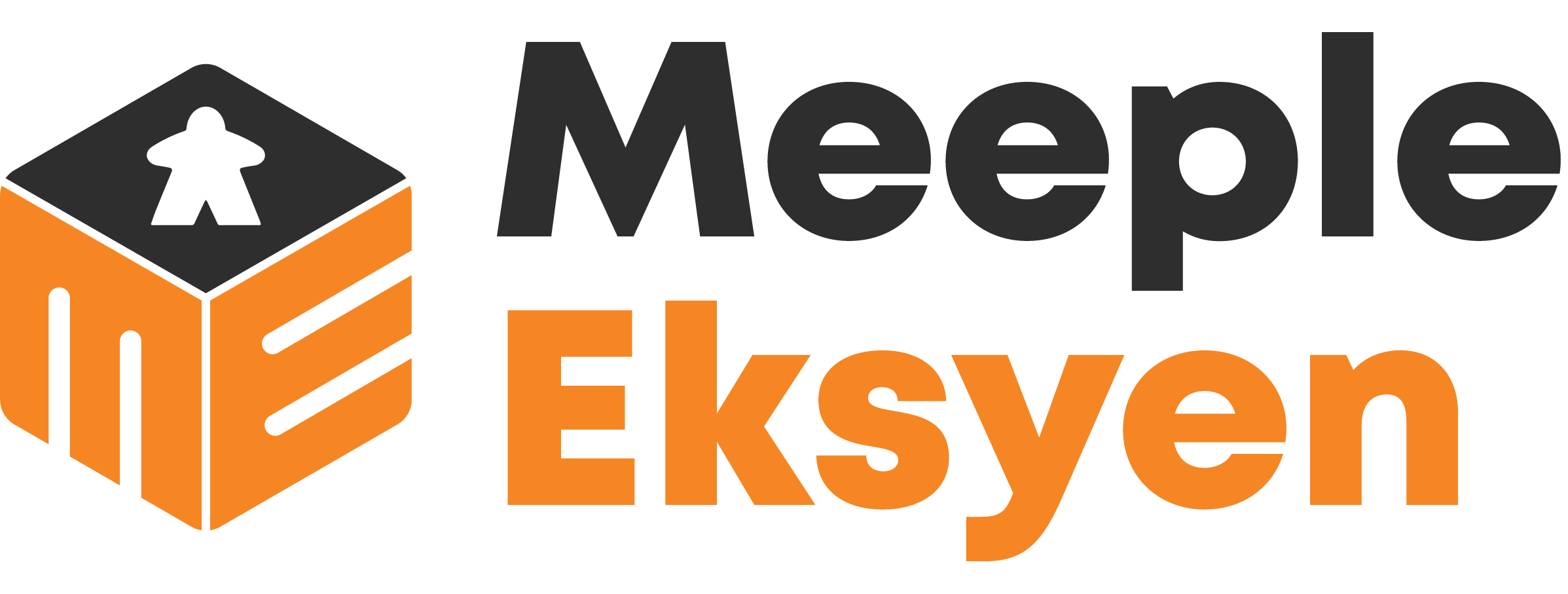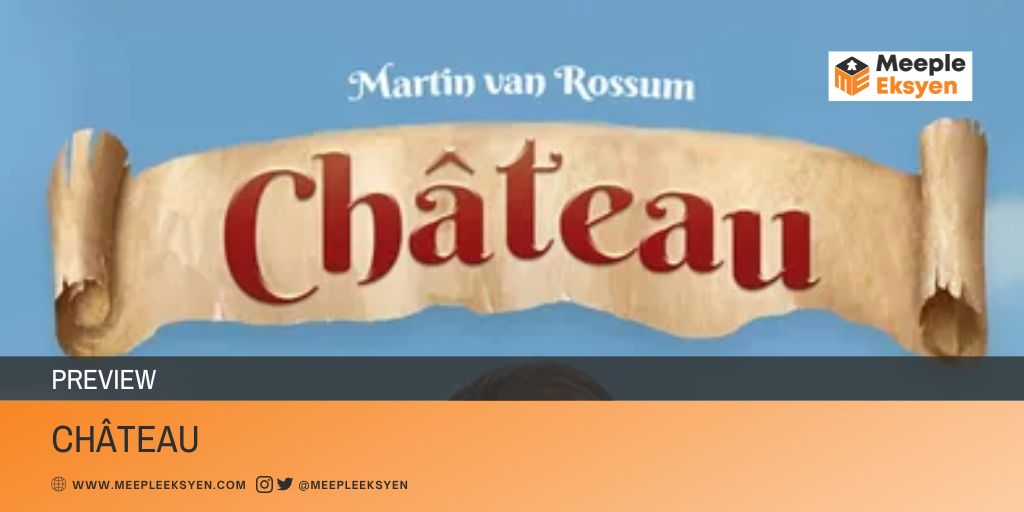Roll-and-write games has cemented its slant as one of my favourite genres in this hobby. Thanks to its relative simplicity — and let’s not forget the potential abundance of this category in a print-and-play format, too. The latter enables a wider access, especially to the gamers, to whom conventional shipping has proven to be a huge issue. Its former feature, however, could also be its downfall. Now, let’s see if Château does hold up.
Disclaimer: We had the preview copy for this review, and it was not the final version. There might be possible changes and alteration from the publisher regarding the components, printing and build quality, rules and concepts in the official released product.
Rating the castle-building process
Château is a polyomino puzzle game. It accommodates a vast array of player counts, something commonly found in this genre. Martin van Rossum imposes the role of the architects of the famous grand castles around the world to the players. It’s a big responsibility, indeed. Nevertheless, it requires as little as a pair of D6 and a quill for each of us to do so. After casting those dice, we fill the castle squares with the polyomino shapes, or do certain actions, all according to the dice value. And that’s how we play Château. It does sound simple, but is it really that effortless?
As modest as it may come, this game, Château, and its uncomplicated construction process take place on a sheet of paper. Printed on it are tiles. Some are vacant, yet a portion of them materialize with different icons. While the in-game architects exercise their freedom to prop their well-earned geometric figure, the placement is the most crucial. It relies on luck, yes. Nevertheless, managing that luck is what counts in this game. Thus, putting the polyomino shape randomly is not an option.
A value of six let the architects to immediately fill several tiles up by crossing all square with one icon of choice. It’s convenient. Only as long as we can optimize this option, though. And when we cannot really plot a geometric figure according to the dice value, we can only cross a square. An expensive alternative. In a race game like the Château, not managing to fill the tiles as many as possible in a turn can cost you the game.
For those looking for a Zen game, Château belongs to this group, into some extent. There is a direct take-that. And that requires a die value of one. It enables us to cross a tile from the other architect’s castle. It sounds insignificant at first. During the early game, especially, we can still play around it. Nevertheless, when triggered during the late-game, it proves to be an annoying vexation. That one crossed tile may block the whole future steps. Costing the game.
LINEAR PLAYER POWER is not always an option
The game Château presents abundant classic architectural wonders. Castles, specifically. Featuring the gems, from The Buckingham Palace to the likely titular Château de Versailles, it represents a vast array of tile configurations. Thus, it’s not surprising that this game takes the different player advantage route. Captivating, still. How it gets implemented, I mean. We are given different buildings to build with variable powers. And thus, giving some variety during the game. However, as the rule states that it can be played by 1–99 players, I would assume that duplicates are allowed. Personally, I encourage everyone to get a different building to start with. As the old saying: the more, the merrier.
The variable powers range broadly. Between having more items compared to other buildings and being able to do extra actions. They supposedly help you complete the castle faster when employed right. Well-balanced. They provide proper advantage for each architect without the feeling of overpower. This kind of variable player power also opens the window for future expansions, if Martin is keen to start working on it later. Which kind of castles would we see in the future?
Winners are determined by who completed their building by filling in all the boxes first. But due to the game having simultaneous turns, ties are inevitable at best or often happen at worst. A tiebreaker exists, though. As you roll two dice each turn to determine the actions you can take, ties are decided by who used the least die to complete their building on the last turn.
The graphic design and variant in Château, Including solo-mode
Another part I’d like to compliment is their graphic design. I think the art of each building is beautiful. Each player can be given doubles sided cards, with one side showing their playing field while the other shows their intended results—an aspiration to aim for. However, there’s one issue I’d like to point out. In every player board, there are icons explaining each building’s variable power. Some can be quite self-explanatory, but others are less so. Case in point would be for the Château de Versailles, where it shows the 6-face of the dice and a “+1”, but the powers are explained to be “You have one more of each item in your Château.”. Who would’ve guessed?
There’s also a simpler variant to play with less experienced board gamers or even children, where fewer dice are used. A welcome addition, as I think even with fewer dice the game would still have a pretty good complexity with its field design and variable powers.
REPLAY VALUE
Mostly, if not every time, the replay value within a roll-and-write game is questionable. To give some context: How many would you need to print? Will the paper last after several times of erasing? How should I print it, so it would be nice to play on? Luckily, there are many resources nowadays to support us in this matter. My favourite problem-solving is to laminate the paper and use dry-erase markers.
That being said, I think the variable player power of Château gives it the much-needed replayability as a roll-and-write game. Whereas before, it’s mostly luck—as the name suggests, the “roll” in “roll-and-write” requires you to roll many dice. However, do note that luck still plays a significant factor in the game.
VERDICT
Château is a beautiful game with enough complexity to enjoy with first-timers in this hobby. It does not, however, close its door for the more experienced ones, to have a taste. I would personally be happy to print it in a more-than-decent quality. It will likely accompany my other roll-and-write game collections. Thanks to its quick and short play time, Château would definitely hit the table often.
I’ve only started getting into board games in 2019 when I discovered solo board gaming and PNP (print and play). I play mostly euro games now, but I’m probably as competitive as a quokka (they’re pretty chill).






